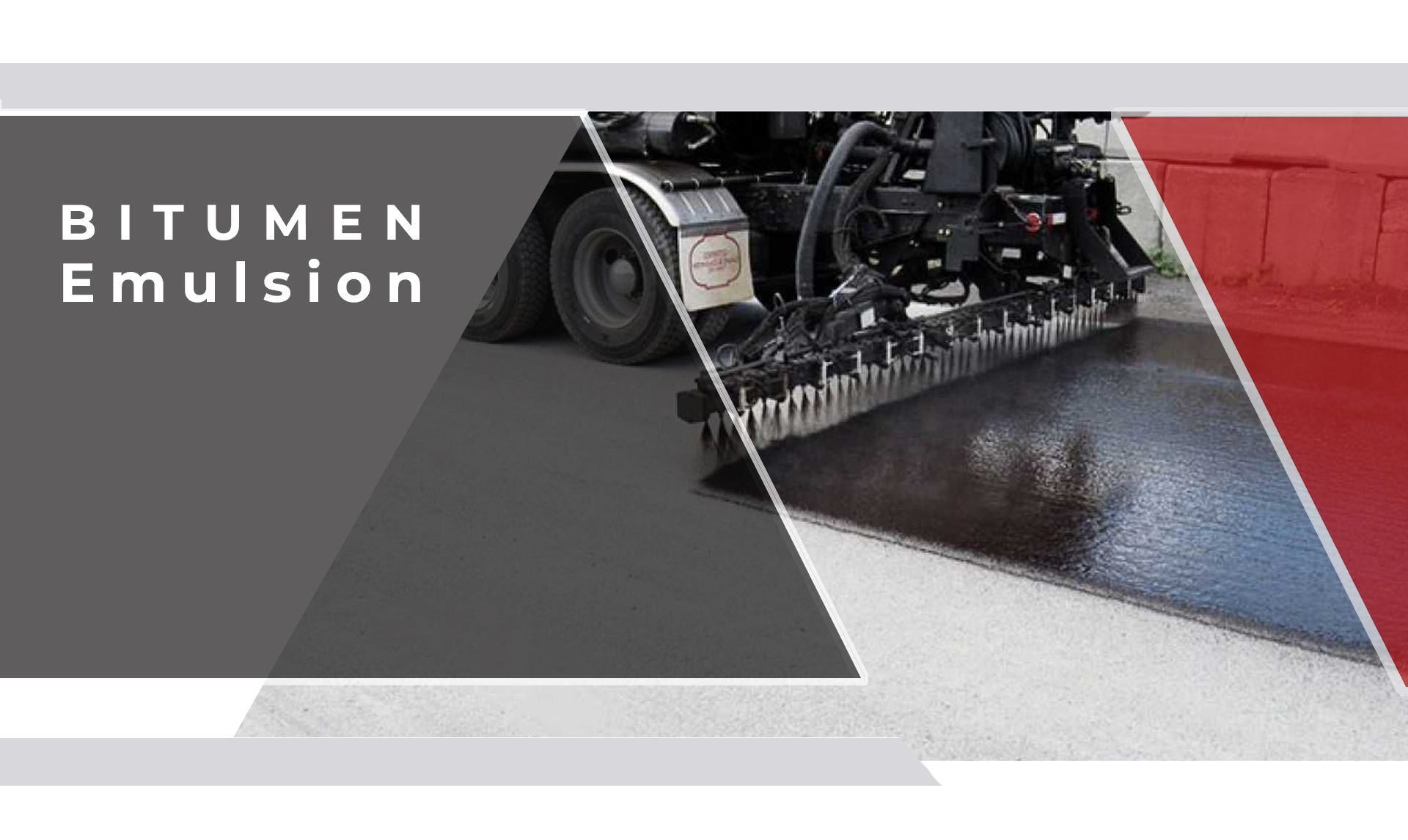
Bitumen Emulsion
Bitumen emulsion is a combination and mixture of two liquids (water and bitumen) that are immiscible. Bitumen is suspended in water in the form of very fine particles, in which case bitumen is used as an internal phase or a non-continuous phase and another liquid (water) is called the external phase or continuous phase. The possibility of creating this issue is provided with the help of a substance called an emulsifier. The diameter of bitumen grains is between 0.001 and 0.002 mm. The smaller diameter of bitumen particles, the better emulsion.
bitumen emulsion consists of:
- Bitumen
- Water
- Emulsifier
- Acid
- Calcium Chloride (calcium chlorideCacl2)
Characteristics of Bitumen Emulsion Components:
Components such as bitumen, water, emulsifier, acid, and calcium chloride are a fixed part of bitumen emulsion but depending on the type and improvement of emulsion quality, solvent, stabilizer, and polymer can be added to it.
Bitumen and water are the main and most important components of emulsion bitumen, which are mixed with the help of an emulsifier.
Classification of Bitumen Emulsion:
The classification of emulsion bitumen is divided into three categories, anionic, cationic, and nonionic. According to their ionic structure, the use of anionic emulsion bitumen has lost its use over time, and for this purpose, cationic emulsion bitumen has replaced it.
Cationic bitumen emulsion, which has a positive electrical charge, sticks better to stone materials, including silica and quartz compounds, which have a negative electrical charge. The most important indicator in the characteristics of bitumen emulsion is the breaking time and separation of bitumen and its water after use and implementation, which divides them into three main categories:
- Unstable
- retarder (semi-permanent)
- delay breaker (stable)
Cationic Rapid Setting Bitumen (CRS):
Unstable bitumen emulsions (Cationic Rapid Setting-CRS) break very quickly on the surface of materials and leave a very thin layer of bitumen.
Their main use is in sealing with stone materials, sealing with sand, surface asphalt, and penetrating macadam. Fast-breaking bituminous emulsions have high mental retardation in order not to flow on the road surface.
Slow-breaking Bitumen (Cation Medium Setting-CMS):
This category includes bituminous emulsions, which are more stable than quick-breaking emulsions, and they can be mixed with stone materials because they do not break immediately after contact with the aggregates and the asphalt mixture maintains its effectiveness for several minutes.
These emulsions can be found in factories. Mobile asphalt is prepared or used in the form of mixed asphalt on site. Retardant bituminous emulsions give a better coating to stone materials at high ambient temperatures.
Slow setting Bitumen (Cationic Slow Setting-CSS):
This category includes bituminous emulsions that are very stable after contact with stone materials. These emulsions can be used with stone materials with continuous granulation and large amounts of fine grains. Slow-set bituminous emulsions have low viscosity, which can be further reduced by adding water. This group, when diluted, can be used for surface coating, and pavement surface sealing without aggregate consumption and dust suppression. If a faster breaking speed is required in the asphalt mixture, for example, in bituminous emulsion slurry, Portland cement, or hydrated lime can be added to it.
Other applications of Bitumen Emulsion:
The type of bitumen that is used for road construction is determined according to weather factors and conditions, the type and intensity of traffic, the type of pavement, the type, and grading of stone materials, and the way the pavement is implemented. The use of bitumen emulsion is included in the executive agenda of the Ministry of Roads and Urban Development and the use of soluble bitumen is prohibited (except in very special cases). The amount of bitumen in bitumen emulsion varies from 55 to 65% depending on its type.
